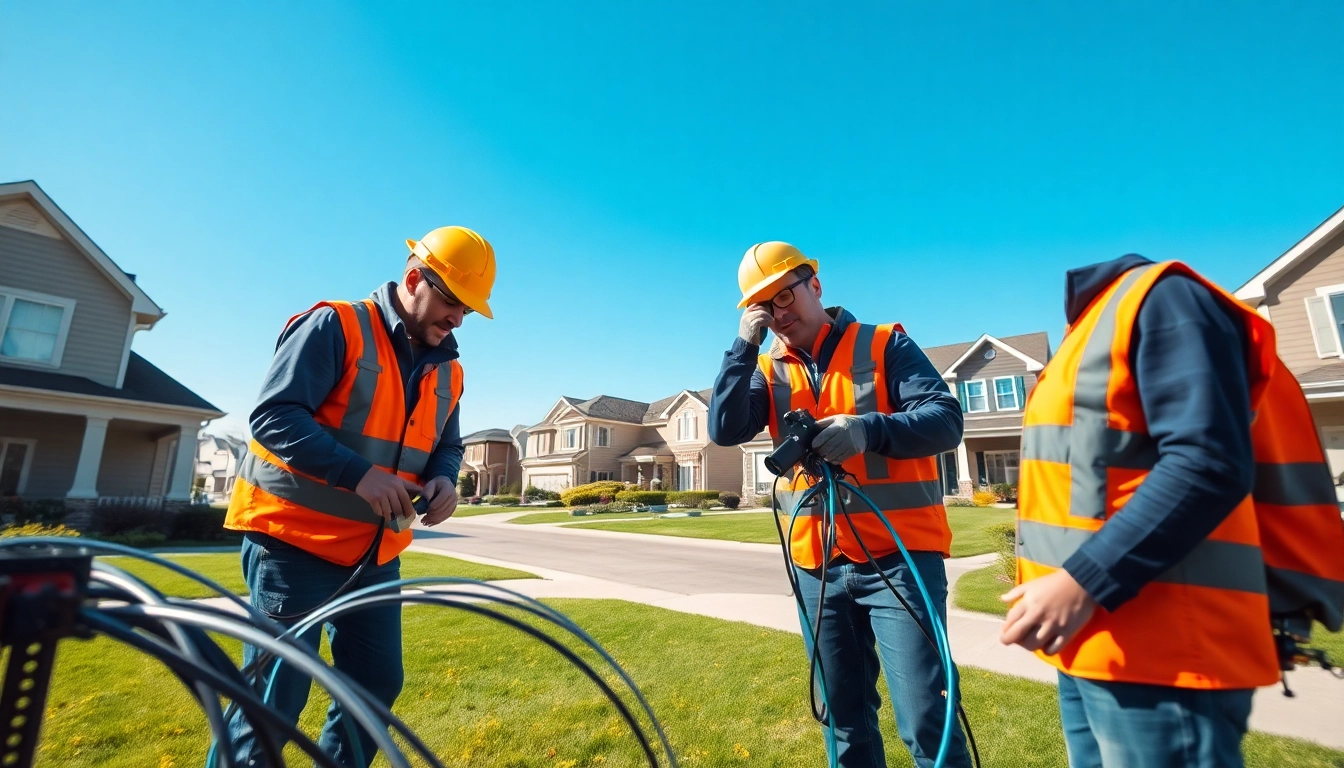Understanding KlingAI Prompts
In the realm of artificial intelligence, particularly in video generation, the way we communicate with AI tools profoundly influences the output quality. This is where KlingAI Prompts come into play. They serve as the essential language for instructing AI systems to produce engaging and relevant content. This comprehensive guide explores the intricacies of KlingAI Prompts, ensuring you gain a solid understanding of their structure, benefits, and application in creating captivating videos.
What are KlingAI Prompts?
KlingAI Prompts are textual commands or instructions that users input into KlingAI’s interface to guide the AI in generating video content. These prompts are designed to encapsulate elements such as scene settings, character actions, dialogues, and emotions, allowing users to control various aspects of the generated video. By utilizing specific language and structures, creators can dictate how their content unfolds, ensuring alignment with their creative vision.
The Benefits of Using KlingAI Prompts
Utilizing KlingAI Prompts offers numerous advantages for content creators:
- Enhanced Creativity: Prompts encourage creative thinking, pushing creators to explore different narrative possibilities and visual styles.
- Efficiency: Well-structured prompts streamline the video creation process, enabling users to produce content quickly.
- Consistency: Using standardized prompts ensures a consistent quality and tone throughout the video series.
- Customizability: Users can tailor prompts to fit specific themes, genres, or audiences, enhancing overall relevance.
Common Structures of KlingAI Prompts
The effectiveness of KlingAI Prompts largely depends on their structure. Here are some common frameworks:
- Descriptive Structure: This framework focuses on detailing settings and backgrounds, essential for establishing an immersive atmosphere.
- Action-Based Structure: Emphasizes the actions taken by characters, driving the plot forward and maintaining viewer engagement.
- Emotion-Centric Structure: Captures the emotional nuances of characters, allowing for a deeper connection with the audience.
Types of KlingAI Prompts for Video Creation
Descriptive Prompts: Setting the Scene
Descriptive prompts are crucial for setting the scene and providing context for the action that unfolds. They focus on visual details such as lighting, colors, and settings. For example: “A vibrant sunset casts golden hues over a calm ocean as waves gently lap the shore.” Such descriptions help the AI visualize the environment and generate appropriate visuals.
Action-Oriented Prompts: Engaging Narratives
Action-oriented prompts focus on dynamic interactions between characters and their surroundings. They guide the AI in creating a narrative flow that keeps viewers engaged. For instance: “The hero leaps into action, dodging incoming fire as they sprint towards the exit.” This prompt gives direction to the AI regarding character movement and plot progression.
Negative Prompts: Enhancing Control
Negative prompts are an advanced technique used to enhance the specificity of the output by explicitly stating what should be avoided. For example: “Avoid dark colors and gloomy atmospheres.” This helps the AI steer away from undesirable outcomes, improving the final product’s quality.
Best Practices for Effective KlingAI Prompts
Tips for Writing Impactful Prompts
Creating effective prompts requires precision and creativity. Here are some tips:
- Be Specific: Clearly articulate your vision without leaving room for ambiguity. This ensures the AI can deliver precisely what you envision.
- Use Action Verbs: Encourage dynamism in your prompts by using action-oriented language. This keeps the narrative engaging and fluid.
- Include Context: Providing background context can enrich the storytelling aspect, giving viewers a deeper understanding of the scene.
Common Mistakes to Avoid
While crafting prompts, it’s easy to encounter pitfalls that can dilute the effectiveness of your instructions:
- Overly Broad Prompts: Generalized prompts can lead to vague outputs. Always aim for clarity.
- Neglecting Emotion: Failing to incorporate emotional elements can create disconnects between the content and the audience.
- Ignoring Audience Needs: Tailor prompts to your target audience to maximize engagement and relevance.
How to Test and Iterate on Your Prompts
Testing is crucial in refining your prompts for better outcomes:
- Run Trials: Create test videos using various prompts to evaluate which styles and structures yield the best results.
- Gather Feedback: Utilize audience insights to gauge what works and what doesn’t, facilitating improvements.
- Iterate: Don’t hesitate to revise prompts based on testing outcomes to enhance efficacy.
Examples of Successful KlingAI Prompts
Case Studies of Engaging Video Content
Several successful projects have effectively utilized KlingAI Prompts:
- Short Animated Series: A creator used descriptive prompts to build a vibrant fantasy world, capturing viewer interest through lush visuals and engaging character arcs.
- Corporate Training Videos: Action-oriented prompts were employed to illustrate essential skills, maintaining viewer engagement across educational content.
Innovative Uses of KlingAI Prompts
Creators have also ventured into innovative applications of KlingAI Prompts:
- Interactive Storytelling: Using branching prompts to allow audience choices, leading to dynamic story paths.
- Real-time Content Creation: Adapting prompts based on live audience feedback, producing tailored videos that resonate with viewers.
Community Contributions: What Works Best?
The community surrounding KlingAI offers insights and shared experiences that can illuminate effective prompting:
- Prompt Sharing Platforms: Engaging on forums dedicated to KlingAI encourages sharing successful prompts and stories.
- Collaborative Projects: Collaborating with others can bring fresh perspectives on prompt usage, fostering creativity.
Measuring Success with KlingAI Prompts
Analyzing Video Performance Metrics
Understanding the effectiveness of KlingAI Prompts requires analyzing key performance metrics, including:
- Viewer Engagement: Monitor metrics such as watch time and interaction rates to assess how well videos resonate with audiences.
- Conversion Rates: For marketing-based videos, track how effectively content drives desired actions, like subscriptions or purchases.
Gathering Audience Feedback
Engaging with your audience can provide valuable insights into your content’s effectiveness:
- Surveys and Polls: Utilizing direct feedback tools can help identify areas for improvement in both prompts and final videos.
- Social Media Interaction: Engaging with viewers on platforms can offer anecdotal insights to inform future prompt strategies.
Continuous Improvement for Future Projects
The learning process doesn’t end with a single project. Here are ways to ensure ongoing improvement:
- Document Lessons Learned: Keep a record of what works well and what doesn’t, creating a repository of knowledge for future projects.
- Experiment with New Techniques: Stay updated with the latest trends in prompting and video generation to continually refine your approach.
With a clear understanding of KlingAI Prompts, a commitment to best practices, and the willingness to learn and adapt, content creators can unlock the full potential of AI-driven video generation, captivating audiences with every project.



